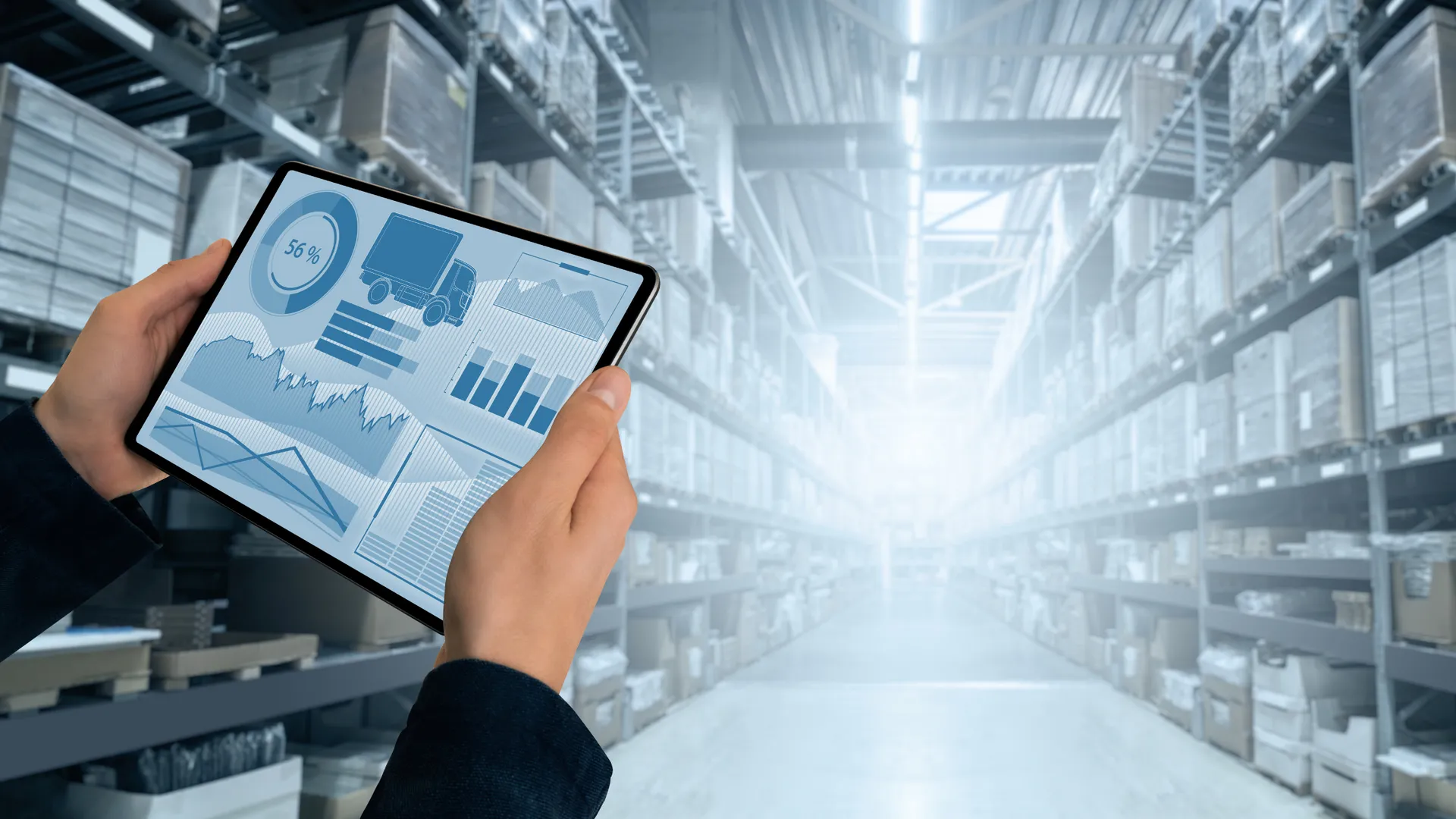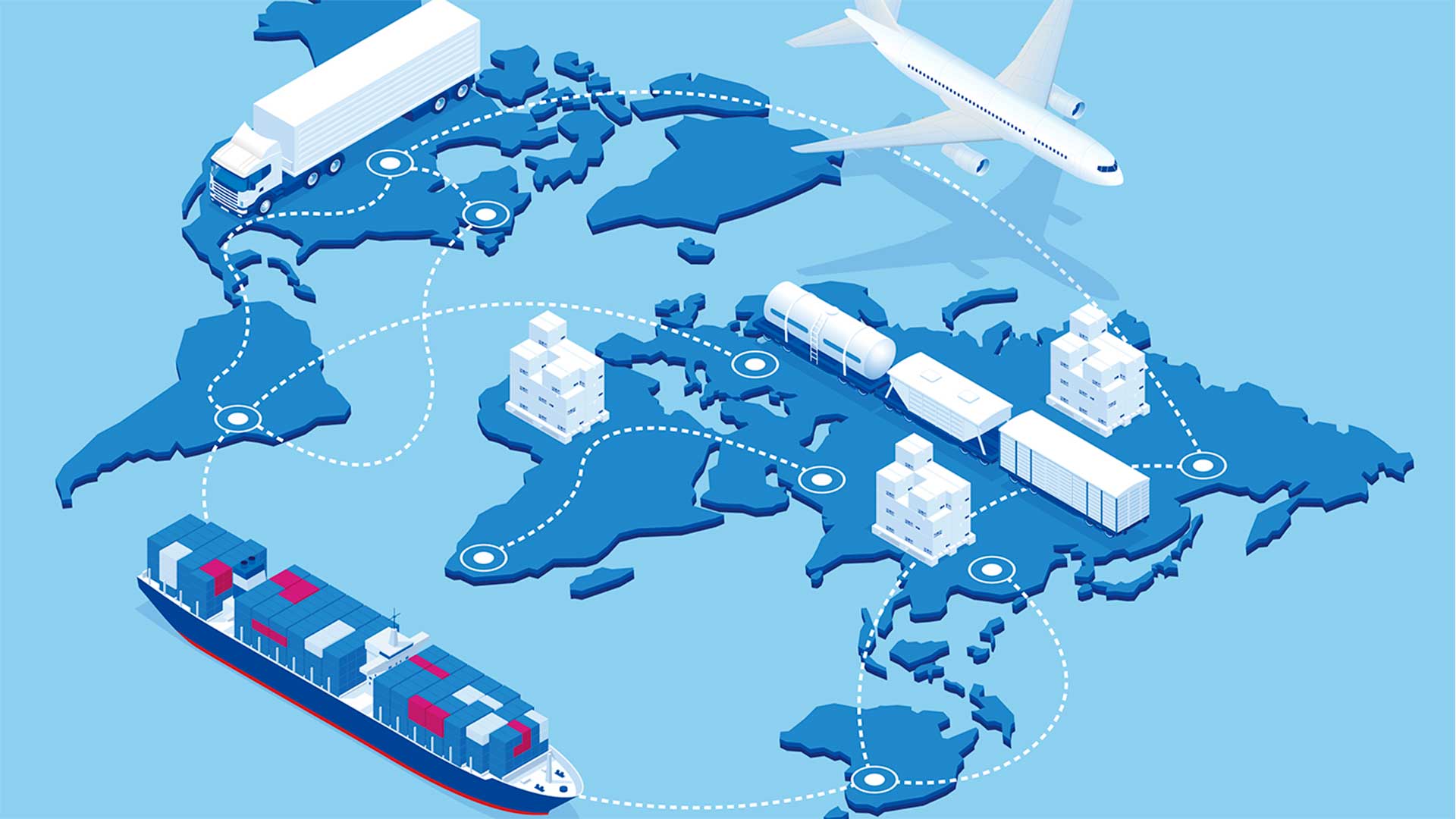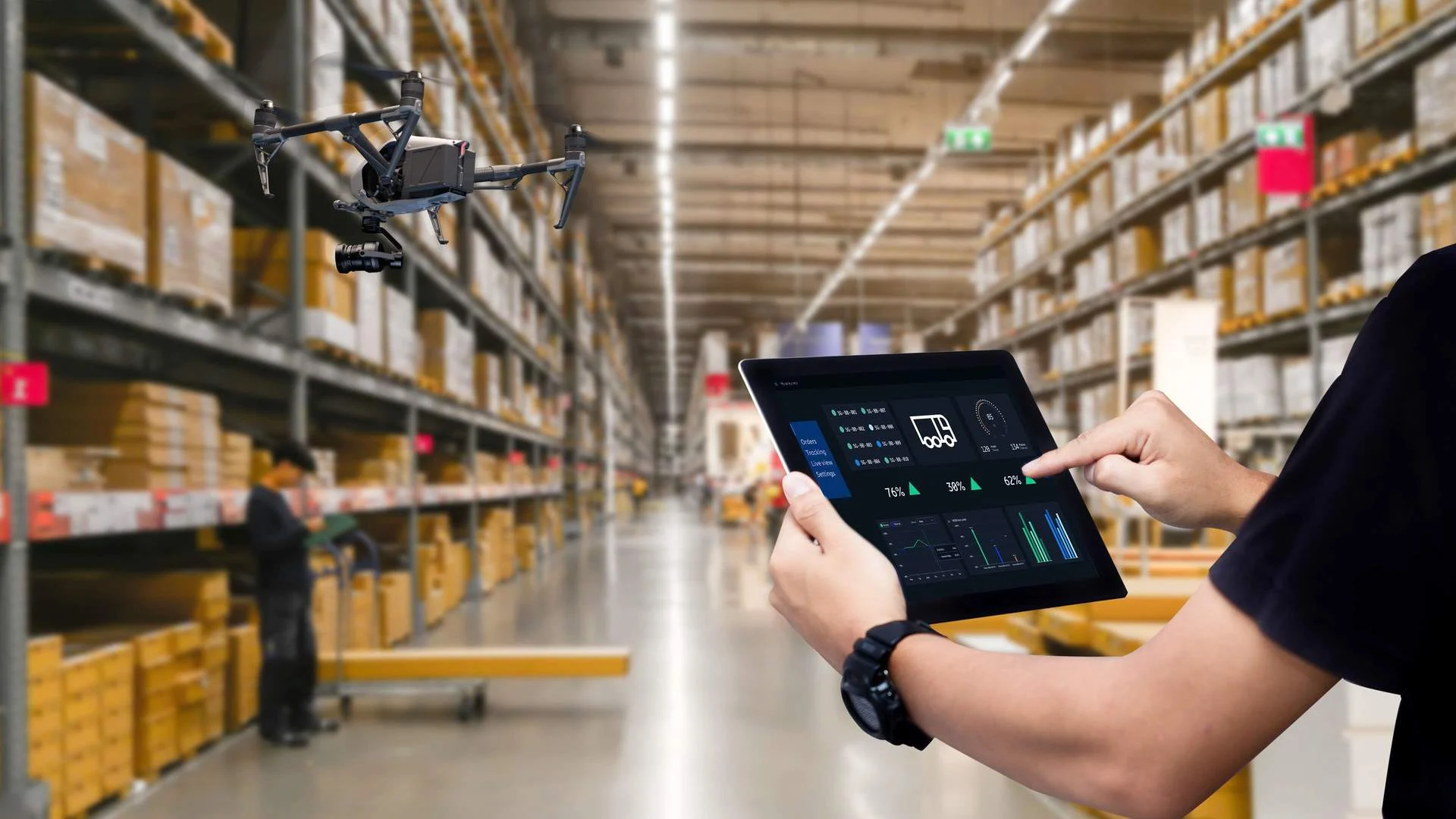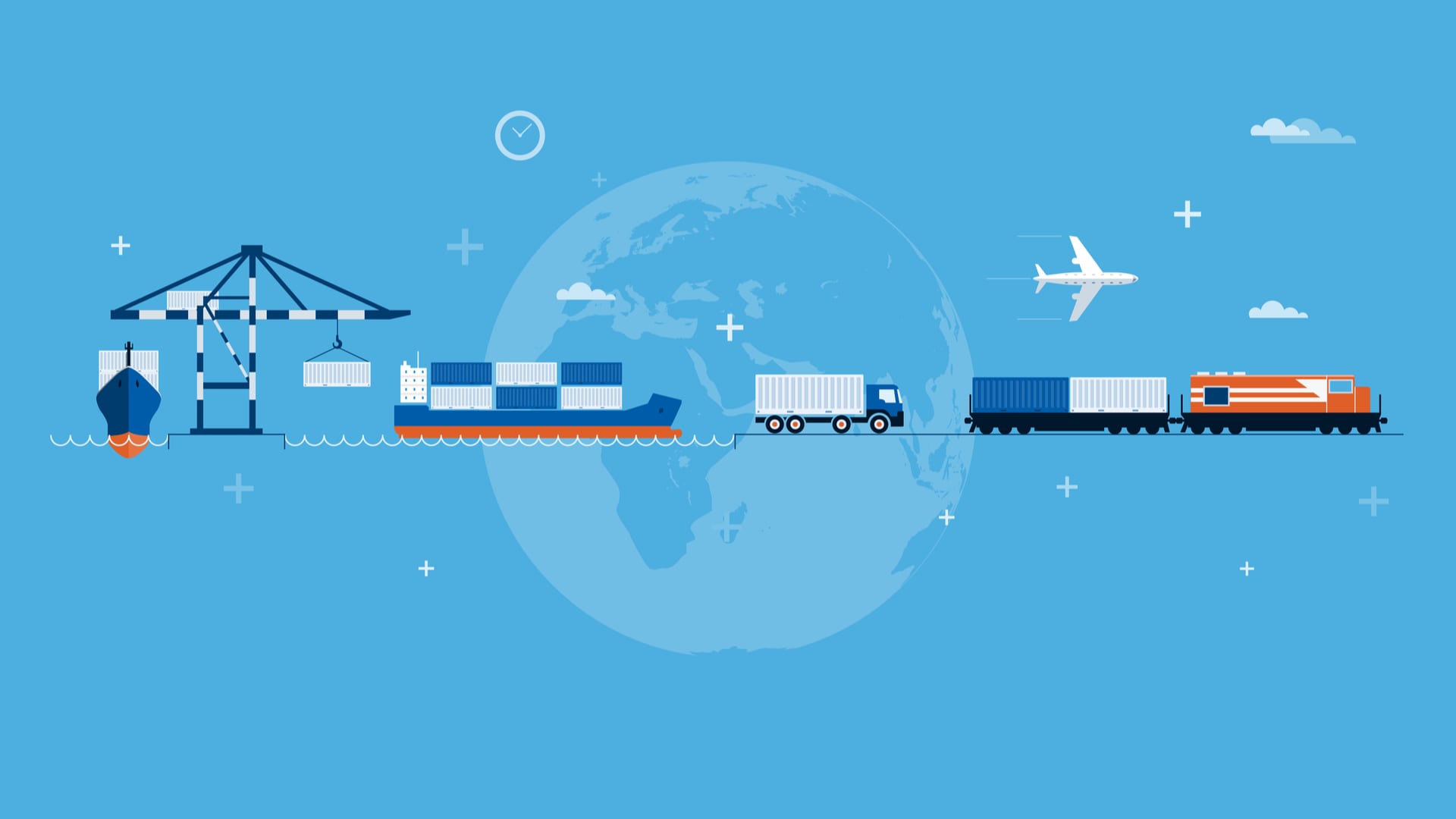The global supply chain is undergoing an unprecedented transformation. Nearshoring—a strategy that seemed marginal a decade ago—has become the centerpiece of today’s most critical business decisions. The disruptions caused by the COVID-19 pandemic, geopolitical tensions between the United States and China, and rising logistics costs have prompted companies to radically rethink their sourcing approach.
This migration toward geographically closer suppliers is not just a reactive response to crises but a proactive strategy that is redefining the fundamentals of supply chain management. However, successfully implementing nearshoring requires more than good intentions: it demands sophisticated predictive models that help anticipate and mitigate the risks inherent in this transition.
What Is Nearshoring and Why Is It Being Adopted?
Nearshoring refers to the relocation of production or service operations from distant locations to countries or regions geographically closer to the target market. Unlike traditional offshoring, which focused solely on cost reduction by relocating to low-wage countries, nearshoring seeks a balance between cost efficiency, geographic proximity, and risk mitigation.
This strategy has gained relevance due to structural factors that have transformed the global business landscape. The U.S.-China trade war increased tariffs and regulatory uncertainty, making Chinese manufacturing less attractive for the U.S. market. Simultaneously, the pandemic exposed the fragility of overly long supply chains reliant on a single region or provider.
Maritime transport costs—which remained relatively stable for decades—soared dramatically by 300% to 500% on some routes during 2021 and 2022. This volatility eroded the traditional competitive advantages of Asian offshoring. Meanwhile, wages in China have risen significantly, reducing the labor cost gap with other regions.
Time has also become a critical factor. Consumers expect faster deliveries, and companies seek more agility to respond to demand changes. A product manufactured in Mexico can reach the U.S. market in days, whereas from Asia it can take weeks. This time difference translates into tangible competitive advantages in increasingly dynamic markets.
Additionally, sustainability and corporate social responsibility considerations have gained importance. Shorter supply chains generally mean lower carbon emissions from transportation, and geographic proximity makes it easier to monitor labor and environmental standards.
Structural Changes to the Supply Chain
The shift toward nearshoring is not simply a matter of changing supplier locations. It involves a fundamental reconfiguration of the supply chain’s architecture, with ramifications spanning from strategic planning to day-to-day operational execution.
Redesigning Logistics Nodes
Nearshoring forces companies to completely redesign their distribution and storage networks. Distribution centers optimized to receive large volumes from Asia via maritime transport may not be suitable for more frequent, smaller-volume shipments from nearby locations.
This transformation requires significant investment in new logistics infrastructure. Companies must establish or expand regional distribution centers, develop new overland transport routes, and reorganize cross-docking operations. The placement of these new nodes must account not only for proximity to final markets but also for connectivity with new nearshore suppliers.
Warehouse management systems (WMS) and enterprise resource planning (ERP) systems must adapt to different flow patterns. While traditional offshoring managed large batches at low frequencies, nearshoring favors more frequent, smaller deliveries, demanding greater flexibility in management systems.
Changes in Lead Times and Stock Levels
Reduced delivery times are one of nearshoring’s most tangible benefits—but this improvement entails complex adjustments to inventory management. Shorter lead times allow for lower safety stock levels, freeing up working capital that can be reinvested elsewhere in the business.
However, the transition is not automatic. Demand planners must recalibrate their forecasting models to take advantage of the supply chain’s greater responsiveness. Automated replenishment algorithms require adjusted reorder point and economic order quantity parameters.
Lead time variability also changes. Maritime transport from Asia involves high variability due to port congestion, weather, and other factors, whereas overland transport from nearshore locations tends to be more predictable—though it may face disruptions such as border blockades or trucker strikes.
Relocating Critical Suppliers
Nearshoring involves identifying and developing new suppliers in geographically closer regions—a process that may take years and require substantial investment in audits, certifications, and capacity building.
Diversifying suppliers becomes more complex when geographic proximity is a priority. Companies must balance regional risk concentration with operational efficiency. Having multiple suppliers in the same nearshore region reduces coordination costs but increases exposure to regional shocks such as natural disasters or political crises.
Developing nearshore suppliers often requires technology transfer, specialized training, and financing. Companies leading this transition invest in strengthening their new partners—an effort that can yield sustainable competitive advantages but requires long-term commitment.
How to Anticipate the Impact with Predictive Models
The shift toward nearshoring presents significant uncertainties that can be mitigated through the strategic use of advanced predictive models. These tools allow companies to simulate different scenarios, quantify risks, and optimize decisions in a highly complex environment.
Advanced Forecasting of Demand and Capacity
Modern predictive models go beyond traditional time-series forecasting. They integrate multiple data sources—including economic indicators, consumption patterns, seasonal events, and real-time market signals—to generate more accurate demand projections.
In the context of nearshoring, these models must account for different regional market dynamics. Demand in the U.S. may show seasonal patterns that differ from those in Europe or Latin America, and nearshore suppliers must be ready to accommodate these variations. Machine learning algorithms can uncover complex correlations between regional economic variables and specific demand patterns.
Predicting the capacity of nearshore suppliers presents unique challenges. Many are still in the process of expanding or transforming, introducing volatility in productive capacity. Predictive models can incorporate leading indicators such as equipment investment, hiring trends, and expansion projects to anticipate changes in available capacity.
Scenario Modeling Under Uncertainty
Monte Carlo simulation and other stochastic modeling methods allow companies to evaluate thousands of potential scenarios for their nearshoring strategy. These models incorporate probability distributions for key variables such as transport costs, delivery times, exchange rates, and political risk.
Scenario modeling must consider complex variable correlations. For example, a political crisis in a nearshore country can simultaneously affect labor costs, currency stability, and border transit times. Advanced models capture these interdependencies to provide more realistic risk assessments.
Real options theory offers a valuable conceptual framework for evaluating nearshoring decisions under uncertainty. Establishing nearshore operations can be seen as purchasing an option that provides future flexibility to respond to changing market conditions. Real options models quantify this flexibility’s value and help determine the optimal timing for investments.
Evaluating Cost vs. Time Trade-offs
Multi-objective optimization models allow companies to quantify the inherent trade-offs in nearshoring decisions. These tools can identify Pareto frontiers showing the optimal combinations of cost, delivery time, quality, and risk for various supply chain configurations.
Genetic algorithms and other heuristic optimization techniques can explore complex solution spaces to identify optimal network configurations. These models simultaneously consider supplier selection, distribution center locations, transport routes, and inventory levels to maximize total system value.
Incorporating Total Cost of Ownership (TCO) metrics into these models is essential. Nearshoring may involve higher production costs than traditional offshoring, but it can generate savings in inventory, transportation, and risk management that justify the difference. Advanced TCO models capture all these factors to provide comprehensive comparisons between strategies.
Real-World Cases of Nearshoring
General Electric exemplifies a successful nearshoring transition in its appliance division. The company relocated washer and refrigerator production from China to Mexico, establishing a plant in San Luis Potosí serving the North American market. This move, implemented between 2018 and 2020, reduced delivery times by 30% and generated significant logistics cost savings that offset Mexico’s higher labor costs.
Apple has gradually diversified its supply chain from China to other Asian countries like Vietnam, India, and Thailand, but has also explored nearshore options for the U.S. market. The company has increased component production in Mexico and established final assembly centers in Brazil for the Latin American market.
Ford Motor Company is a textbook case of nearshoring in the automotive industry. It consolidated its production operations in Mexico, with plants in Hermosillo and Cuautitlán serving both U.S. and Mexican markets. This strategy allowed Ford to benefit from NAFTA (now USMCA) while staying close to
Whirlpool Corporation moved refrigerator production from China to Mexico in 2019, establishing operations in Apodaca, Nuevo León.
The company reported that although labor costs increased by approximately 15%, savings in transportation, inventory, and time-to-market generated a positive ROI in the second year of operation.
In the textile sector, Gildan Activewear exemplifies a regional nearshoring approach.
The Canadian company established manufacturing operations in Honduras, Nicaragua, and El Salvador to serve the North American market, leveraging regional trade agreements and geographic proximity to effectively compete with Asian products.
These cases demonstrate that nearshoring success does not rely solely on geographic relocation, but on a comprehensive reconfiguration of the supply chain, including development of local suppliers, investment in technology, and adaptation of operational processes.
Considerations in LATAM: Infrastructure, Capacity, and Political Risk
Latin America presents significant opportunities as a nearshore destination for the U.S. market, but also unique challenges that companies must carefully evaluate. The region offers competitive advantages in labor costs, geographic proximity, and favorable trade frameworks, but faces limitations in infrastructure and political stability that require specific mitigation strategies.
Latin America’s logistics infrastructure has improved considerably over the last decade, but there are still significant disparities between countries and regions. Mexico has the most developed infrastructure, with modern logistics corridors connecting major industrial zones with the U.S. border. The Port of Manzanillo and the border crossings at Tijuana and Ciudad Juárez handle significant volumes with relative efficiency.
Colombia has invested heavily in port and transport infrastructure, positioning itself as a logistics hub for South America. The ports of Cartagena and Buenaventura have modernized their operations, and the country has developed specialized free trade zones offering fiscal and logistical advantages for nearshore operations.
Brazil, due to its size and internal market, represents a special case. Its internal infrastructure is complex due to vast distances, but ports such as Santos have reached international standards. The country offers advantages for companies looking to serve both the Brazilian market and export to other countries in the region.
Manufacturing capacity varies significantly across Latin American countries. Mexico has developed sophisticated industrial clusters, particularly in automotive and electronics, with multi-tier suppliers and advanced technical capabilities. Costa Rica has specialized in high-tech manufacturing, attracting investments from companies like Intel and Boston Scientific.
Political risk is a crucial consideration for nearshoring decisions in Latin America. Government changes can significantly alter trade, labor, and tax policies. Venezuela and Nicaragua exemplify how political instability can destroy nearshore investment value, while countries like Chile and Uruguay have maintained political stability and a predictable regulatory framework.
Currency fluctuations add another layer of complexity. Currencies like the Mexican peso, Brazilian real, and Colombian peso can experience significant volatility against the U.S. dollar, affecting the competitiveness of nearshore operations. Companies should implement currency hedging strategies or structure contracts in U.S. dollars to mitigate this risk.
The availability of qualified talent varies greatly between countries and sectors. Mexico has a solid base of engineers and technicians specialized in manufacturing, while Costa Rica and Uruguay have developed capabilities in technology services and business processes. Brain drain to the United States remains a persistent challenge for several countries in the region.
Is It Worth Adopting Nearshoring Now or Waiting?
The decision to implement nearshoring involves complex strategic considerations that go beyond a traditional cost-benefit analysis. Companies must evaluate their current competitive position, the urgency of their risk mitigation needs, and their capacity to execute a complex transition in an uncertain environment.
Companies operating in time-sensitive sectors, such as fast fashion or consumer electronics, may justify an accelerated transition to nearshoring. The ability to quickly respond to changes in demand or market trends can generate competitive advantages that outweigh the transition costs. These industries also face growing pressure from sustainability-conscious consumers who favor products with lower carbon footprints.
Timing is crucial. Early adopters of nearshoring can secure access to the best suppliers and locations before competition increases the demand for nearshore resources. However, being a pioneer also entails taking on market and supplier development risks that may not materialize as expected.
The company’s financial situation significantly influences the viability of nearshoring. The transition requires substantial investments in supplier development, system reconfiguration, and potentially new infrastructure. Companies with capital constraints may prefer gradual approaches or strategic partnerships that reduce upfront investment requirements.
Product complexity and quality requirements also affect timing decisions. Simple products with standardized manufacturing processes can be transitioned more quickly to nearshore suppliers. Products requiring specialized technical capabilities or extremely high quality standards may need longer supplier development and knowledge transfer periods.
Geopolitical considerations add urgency for some companies. Trade tensions between the U.S. and China, though subject to change with new administrations, represent a structural risk for companies highly dependent on Chinese suppliers. Companies in sectors considered strategic or sensitive to national security may face regulatory pressure to diversify their supply chains.
The general recommendation favors a gradual and strategic approach. Companies can start with pilot projects in less critical product categories, develop nearshore supplier management capabilities, and gradually scale their operations. This approach allows for organizational learning, risk mitigation, and iterative adjustments that improve long-term success prospects.
However, the cost of waiting must also be considered. Global supply chain disruptions persist, maritime transport costs remain volatile, and competition for nearshore resources is intensifying. Companies that indefinitely postpone nearshoring assessments may find themselves at a competitive disadvantage when circumstances force them to act under pressure.
The optimal decision requires company-specific analysis, considering the industry, competitive position, organizational capabilities, and strategic goals. Predictive models and scenario analysis can inform this decision, but successful implementation will depend on the company’s execution capacity and its willingness to manage the inherent complexity of supply chain transformation.









